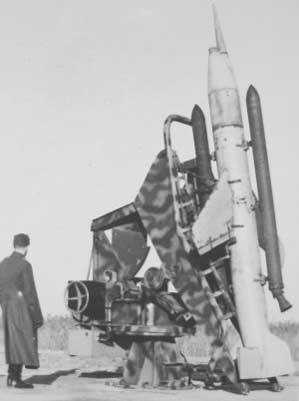


HS117 (Top)
Ruhrstahl X4 (Bottom)
Germany was many years, even decades ahead of other countries (out of necessity) when it comes to guided missiles for air defense. This had the potential to completely destroy entire bomber formations:
Surface-to-Air Missiles
Enzian
The design of Enzian was inspired by the Me 163 rocket-powered fighter aircraft. Its delta-wing layout and relatively fat fuselage were similar. It had four boost engines and a sustainer. A small number was built, but problems with the engines and the guidance system were never resolved.
Feuerlilie
Anti-aircraft missile. It had a streamlined body and twin tail fins. It was powered by a rocket engine and had radio command guidance. Although development continued until the end of the war, it was never ready.
Hecht
Surface-to-air missile, in development until it was replaced by more promising designs in 1941.
Henschel Hs 117 Schmetterling
Of all experimental surface-to-air missiles, this one came closest to an operational weapons system. At the end of the war it was in production, but it was never operationally used. With a length of 4.29m, it was a relatively small missile. Its shape was that of a small aircraft, with a sustainer rocket engine in its body, and two boost engines, mounted above and below its fuselage. Range was about 32km, and it could be used against targets up to 10,000m high, although in such cases guidance problems were considerable: Aiming was visual, by means of a radio command link. There were also experiments with air-drops, with the use of radar for guidance, and with proximity fuses.
Rheintochter
This was a large anti-aircraft missile, rather crude in design. It had four tail fins, six fins on the center body, and four canard control fins. It had a boost engine in the tail, and a sustainer in the front fuselage. Control was again visual aiming with a radio command link. Rheintochter III was smaller than Rheintochter I, but had better performance. The project was abandoned in December 1944.
Taifun
This was an unguided anti-aircraft weapon. It was a simple, 1.93m long, spin-stabilized rocket with a 0.5kg warhead. Taifun was accelerated to Mach 3+, and could reach altitudes up to 15000m. It was intended to fire salvos of 30 missiles. At the end of the war it was in mass production.
Wasserfall
The Wasserfall SAM was developed at Peenemüde, and was based on experience with the A-4, also known as V-2. It was smaller, but of similar shape and also powered by liquid fuels. The operator used input from radars tracking both the target and the missile to steer it, using a radio command link. A proximity fuse would ignite the 235kg warhead. The program was cancelled in February 1945, when it was close to the production stage.
Air-to-Air Missiles
Henschel Hs 298
This was the world's first AAM, but it never entered production. It had the shape of a small aircraft. Like other German missiles, it used radio command guidance, although a wire-guided version was also developed. It was planned to fit a proximity fuse for the 25kg warhead. Over 300 were fired in tests. Range was about 9km.
Kramer X-4
The X-4, also known as RK 344, was probably the first practical AAM. It had four wings, arranged in cruciform shape, and four small control fins. Two guidance wires were unrolled from spools on the wings. Range was about 3.5km, with the missile preferrably fired from about 1.5km distance. It had a 20kg warhead. Hundreds were test fired, and in some occasions test missiles seem to have been fired in anger. But no X-4 missiles reached operational units.
R4M
This was a simple unguided rocket, with a diameter of 55mm. They were stabilized by eight folding fins. Fighters such as the Me 262 could carry wooden racks with twelve R4M missiles under the outboard wing panels. With a range of 1500m and a warhead of 0.5kg, they were very effective against allied bombers. There was also a version with an armour-penetrating shaped-charge warhead. The R4M was not used on a large scale, but after the war many airforces introduced folding-fin aircraft rockets (FFAR) based on the R4M. On one occasion, a Me 163A was fitted with several R4M rockets, and this setup was tested for several weeks in 1944, without incident. This was the first time a rocket propelled aircraft has had rocket propelled armament.
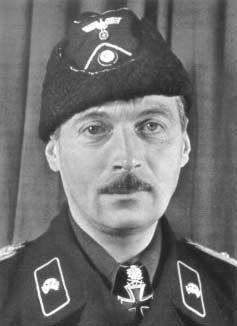



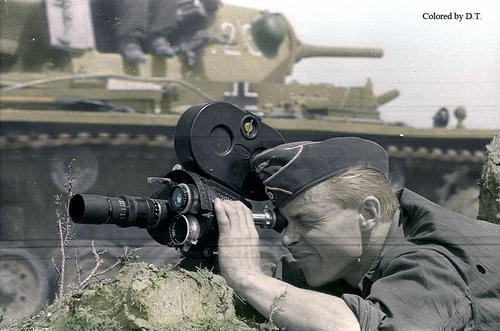
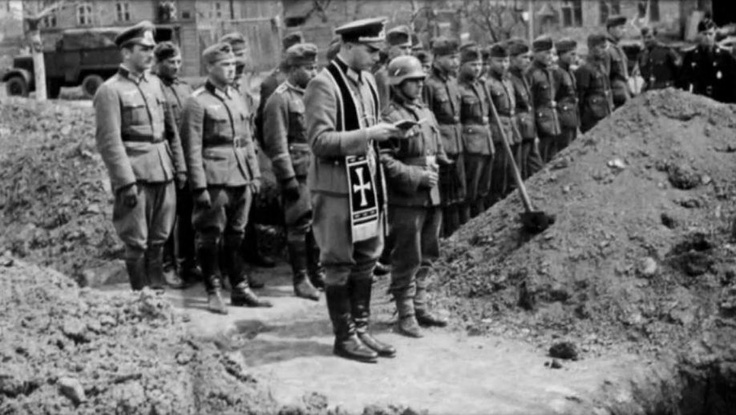
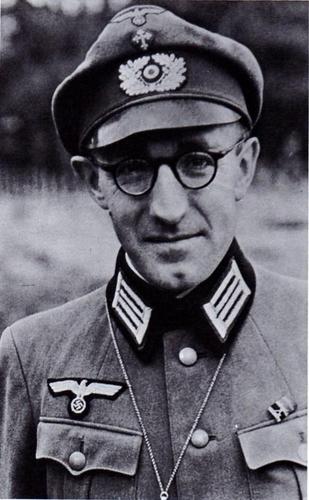
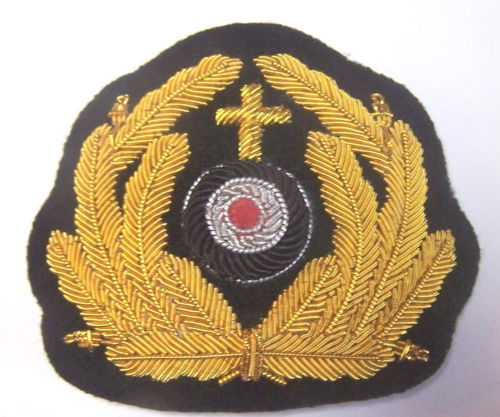
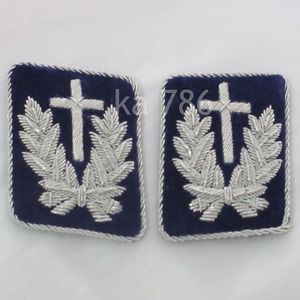

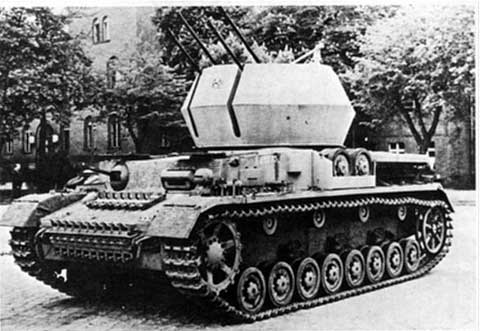
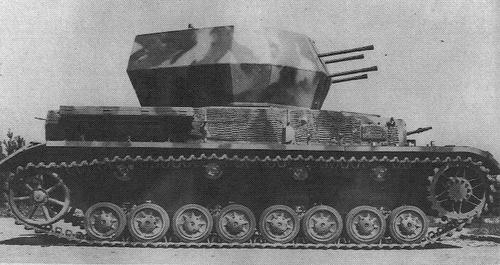
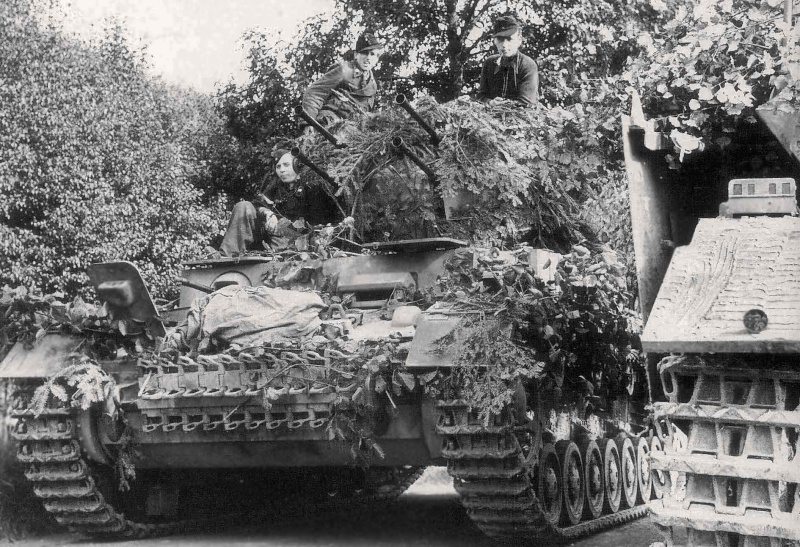
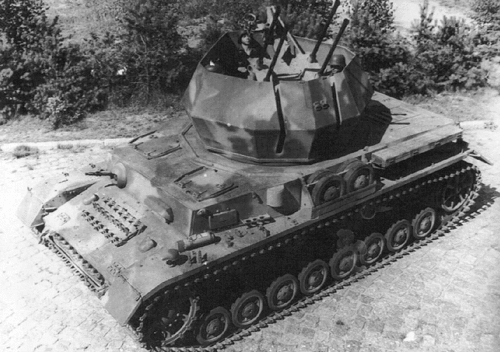
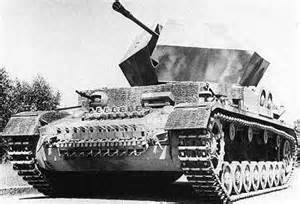
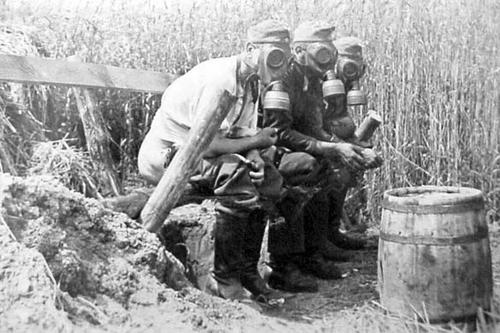
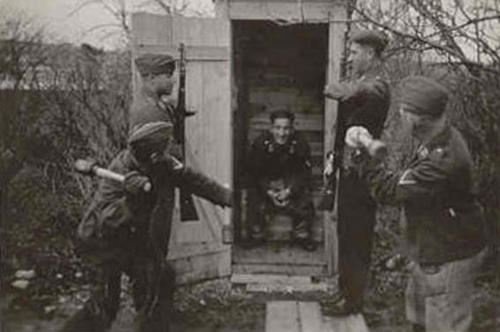
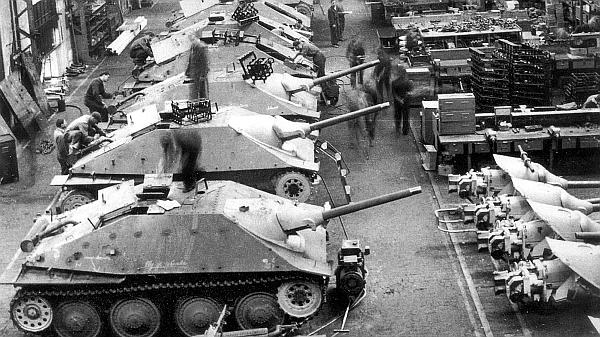

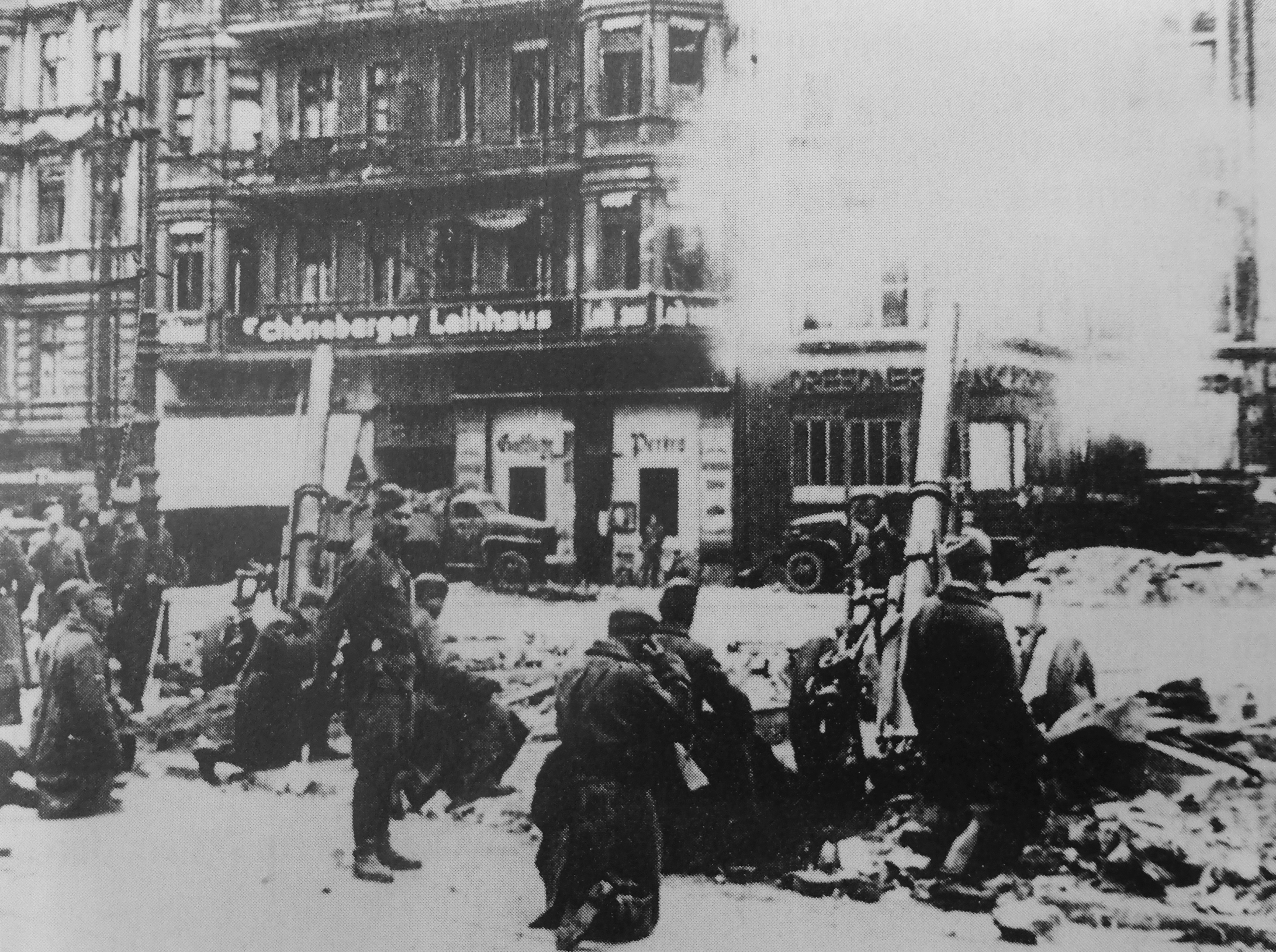
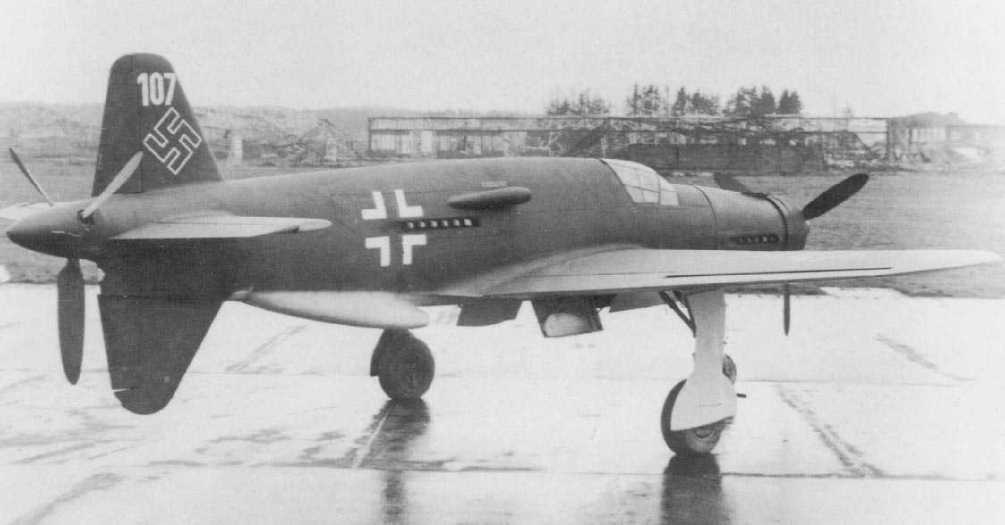
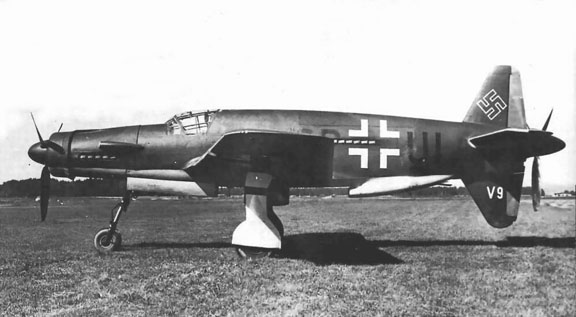
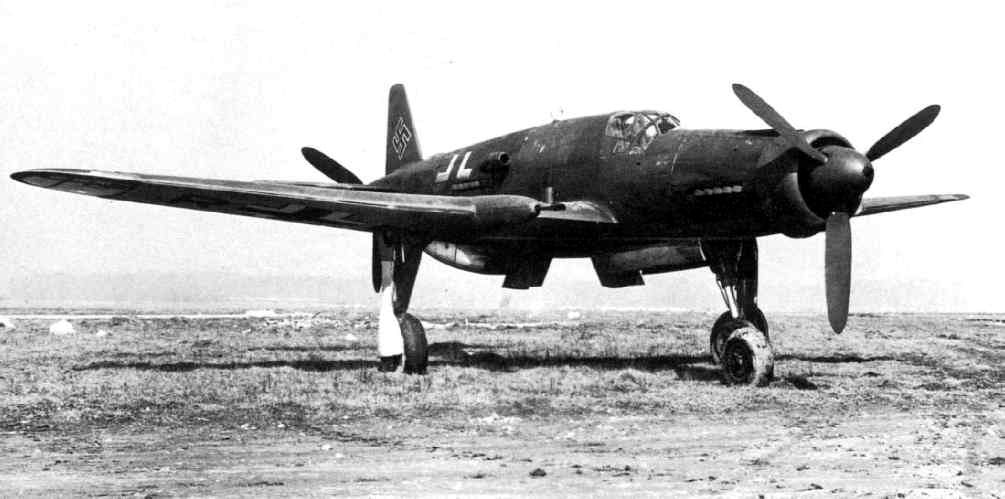
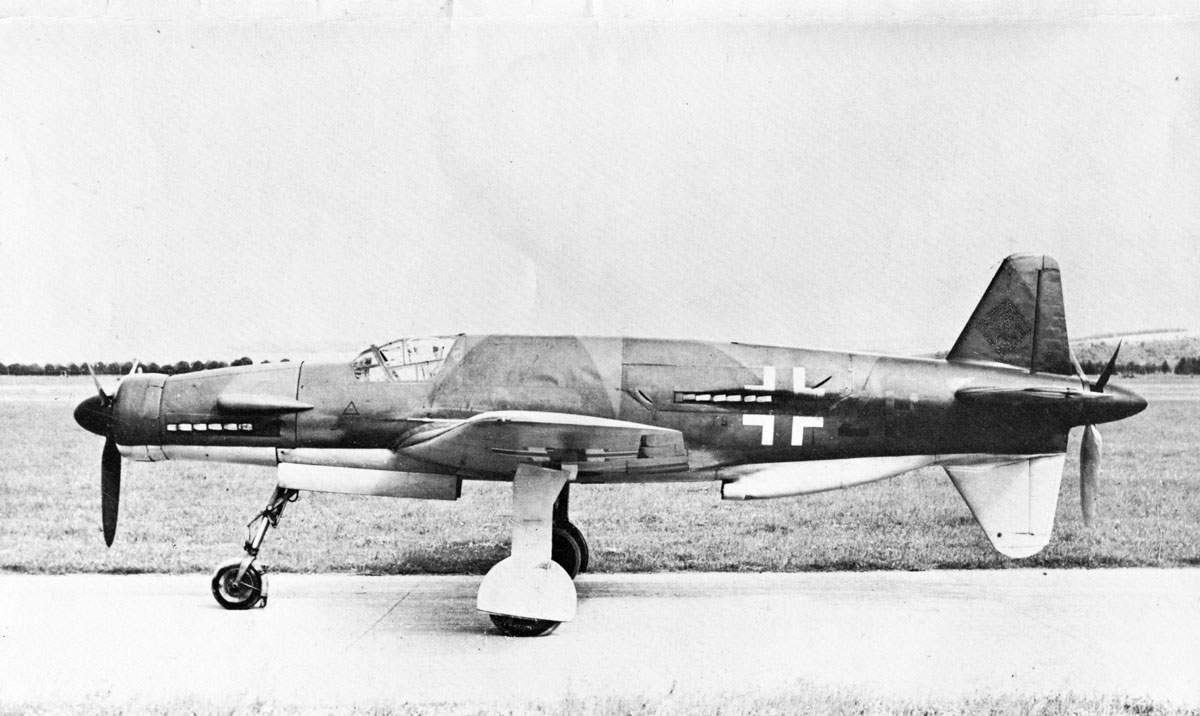
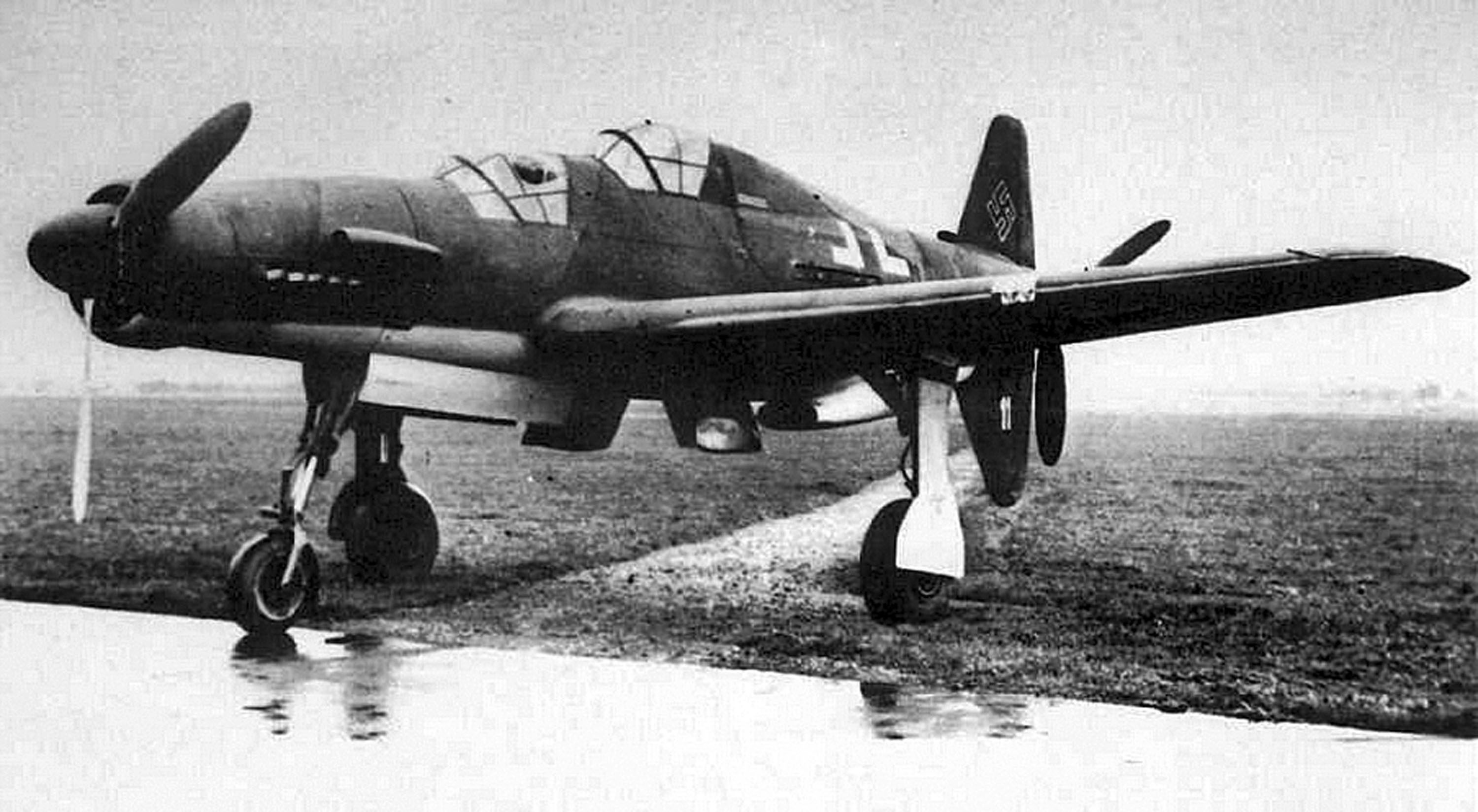
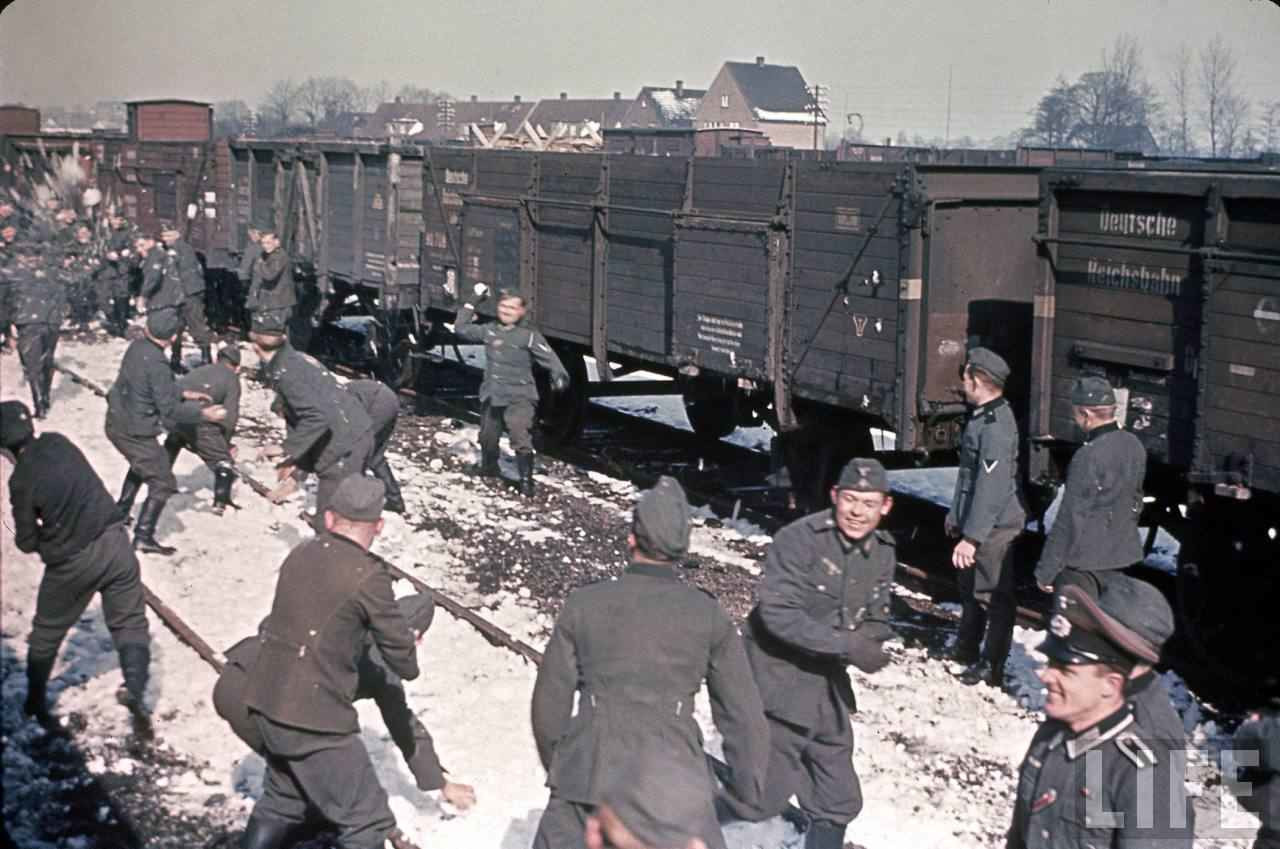
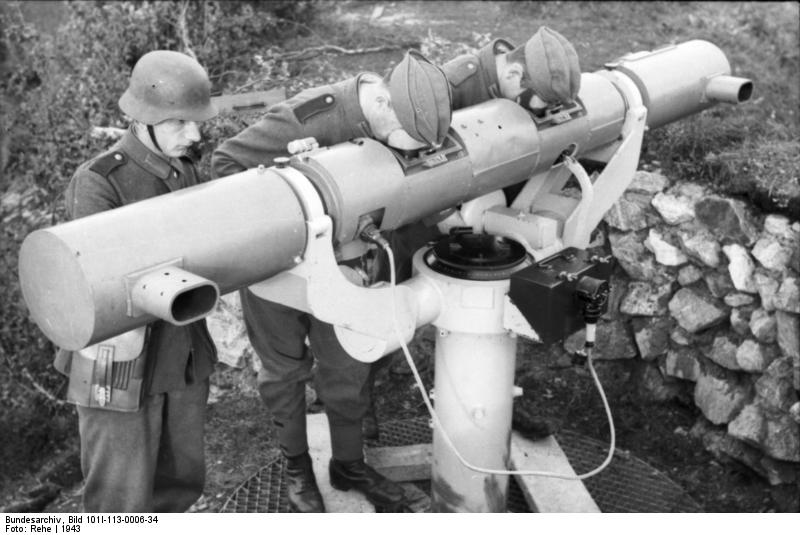

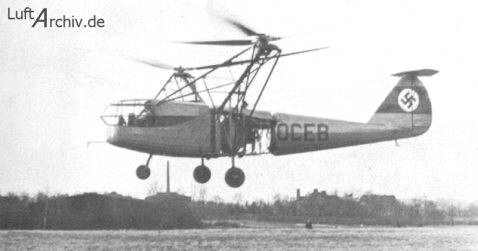
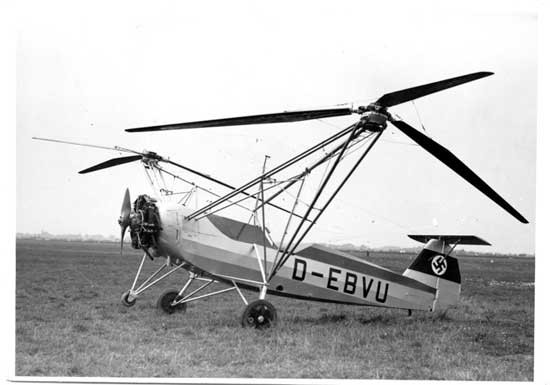
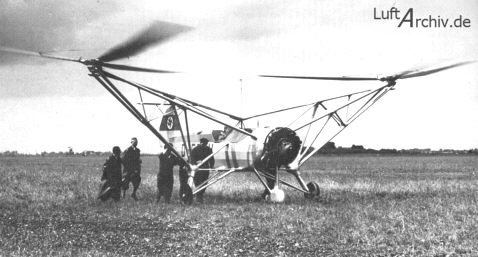
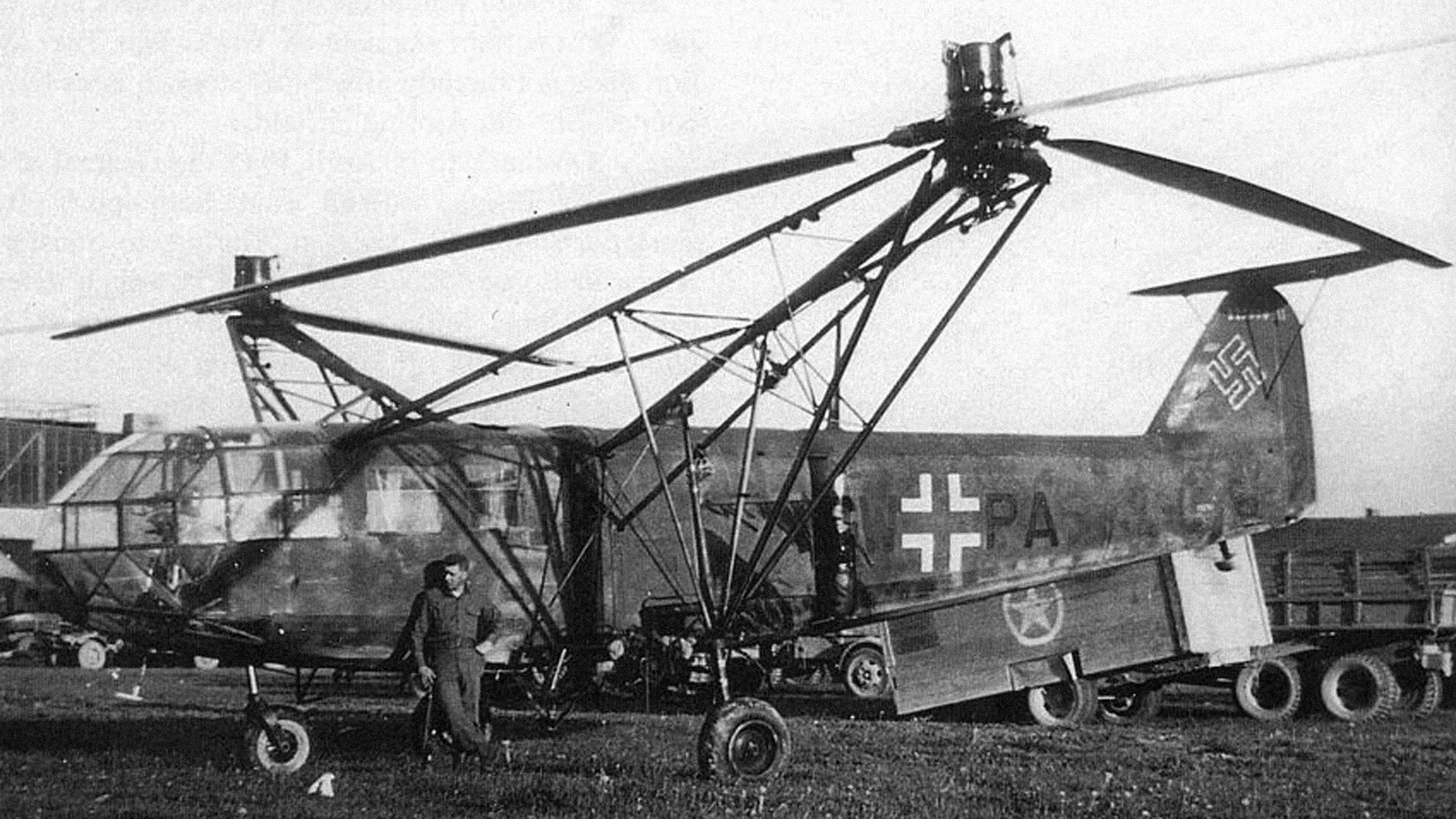
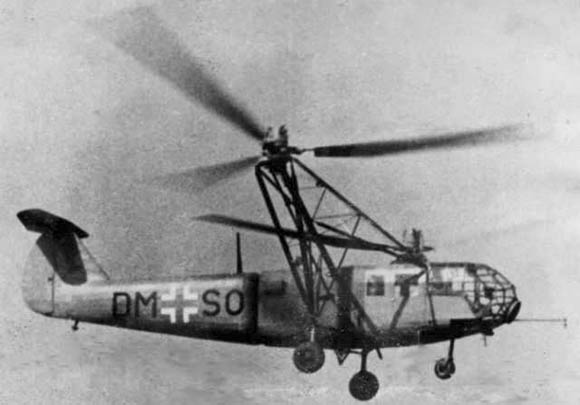
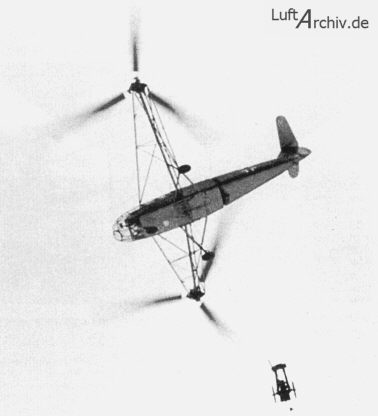




















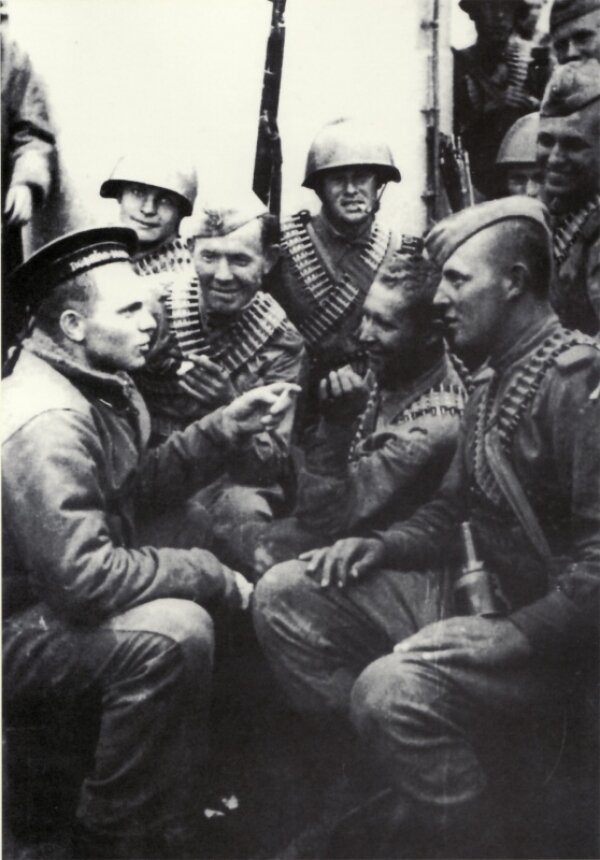








 cblanco ★
cblanco ★  보드카 중대
보드카 중대  VonManteuffel
VonManteuffel  Heartless Jäger
Heartless Jäger 